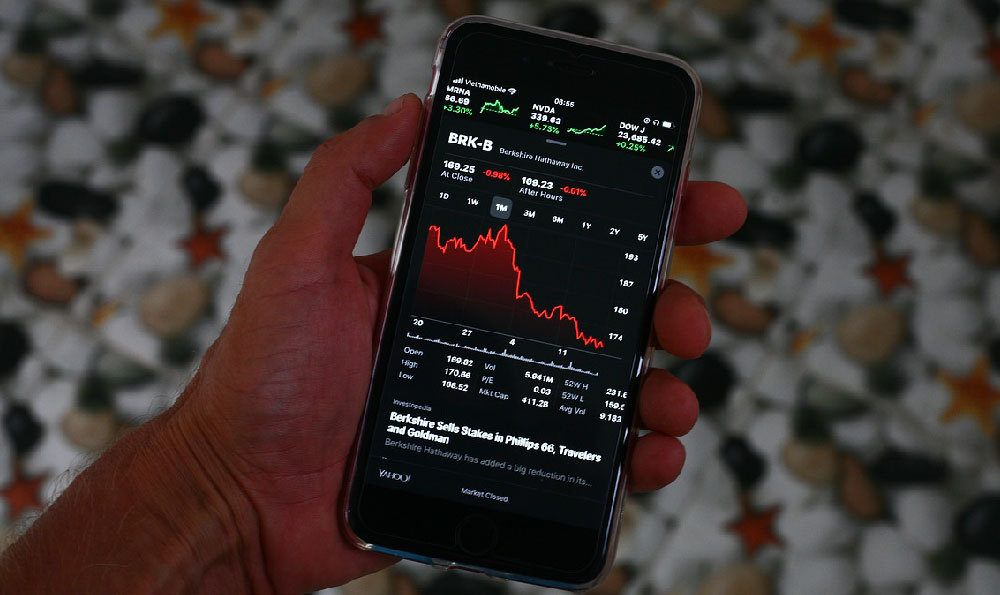How Much Do Homeless Individuals Earn?

The complexities of homelessness extend far beyond the immediate visibility of individuals sleeping on streets or in shelters; they encompass a web of economic challenges that often shape the financial realities of those experiencing homelessness. Understanding the average income of homeless individuals requires a nuanced exploration of the multifaceted factors influencing their ability to earn and the systemic issues that perpetuate financial instability. While the monetary figures may vary widely depending on geographic location, individual circumstances, and access to resources, the broader implications highlight a critical intersection between poverty, employment, and social exclusion.
For many homeless individuals, the disparity in earning potential is a direct result of the barriers they face in the labor market. The process of securing stable employment is often complicated by the lack of access to basic necessities such as housing, transportation, and healthcare. Without a stable address, individuals struggle to maintain consistent employment or attend job interviews, creating a vicious cycle that traps them in homelessness. Additionally, the absence of a reliable work history due to frequent moves or periods of instability makes it difficult for them to qualify for jobs that require background checks or references. In many cases, this leads to a reliance on informal or unstable work, such as day labor, gig economy jobs, or informal bartering, which may provide limited income but offer little security.
The economic landscape for homeless individuals is further complicated by the interplay between systemic inequality and personal limitations. Research indicates that homeless individuals often have lower educational attainment, limited job skills, and histories of chronic unemployment, all of which contribute to their financial vulnerability. Moreover, many face mental health challenges or substance use disorders that can hinder their ability to engage in traditional employment. These factors collectively create a scenario where even those who are capable of working may find themselves unable to secure consistent income, forcing them into dependency on public assistance programs or charitable support.

In some regions, the government provides emergency financial aid, food stamps, or housing vouchers, which can offer temporary relief but may not fully address the root causes of homelessness or provide sustainable income. The availability and effectiveness of such programs vary significantly, and in areas with inadequate social safety nets, homeless individuals may be left with fewer options for financial support. Additionally, the informal economy often becomes a necessity for those without access to formal work, leading to labor practices that are exploitative or inconsistent. For example, several studies have shown that homeless individuals working in the informal sector may earn significantly less than their housed counterparts, even when performing similar tasks.
The role of economic policies in shaping the income opportunities for homeless individuals cannot be overstated. In some countries, efforts to combat homelessness have included job training programs, subsidized employment initiatives, and access to social services. Conversely, in regions where austerity measures or cuts to social welfare programs are prevalent, homeless individuals may experience heightened financial hardship. The connection between economic stability and housing is becoming increasingly evident, with some experts advocating for policies that address both simultaneously. Programs such as housing-first models, which prioritize providing stable housing before addressing employment, have shown promise in improving outcomes for individuals experiencing homelessness by reducing the immediate challenges that prevent them from securing income.
The data surrounding homeless individuals’ incomes is often inconsistent, which underscores the need for more comprehensive research. Variations in methodology, regional differences, and changing economic conditions all contribute to the variability in reported figures. However, despite these challenges, several studies have managed to paint a clearer picture. For instance, in some urban areas, the average income of homeless individuals may be around $10 to $15 per day, while in others, it may be significantly lower. These figures, while indicative, do not fully capture the scope of economic hardship experienced by those without stable housing.
The financial struggles of homeless individuals also intersect with other social and economic issues, such as healthcare access, education, and social stigma. In many cases, the lack of access to healthcare means that individuals may be unable to work due to untreated illnesses or chronic conditions. Similarly, the absence of a stable environment often limits opportunities for education or skill development, further impeding their ability to secure higher-paying jobs. Social stigma, on the other hand, can create psychological barriers that affect motivation and self-esteem, making it difficult for individuals to engage in the workforce or seek assistance.
Looking ahead, the quest to better understand and address the economic challenges faced by homeless individuals is not just an academic pursuit but a critical societal imperative. By recognizing the complexities of their financial realities and the systemic factors that influence their ability to earn, policymakers and community leaders can develop more effective solutions. These may include expanding access to job training, improving the integration of social services, and implementing policies that reduce the economic burdens associated with homelessness. Ultimately, addressing the income disparities faced by homeless individuals requires a holistic approach that considers not only their immediate financial needs but also the broader social and economic context in which they live.















